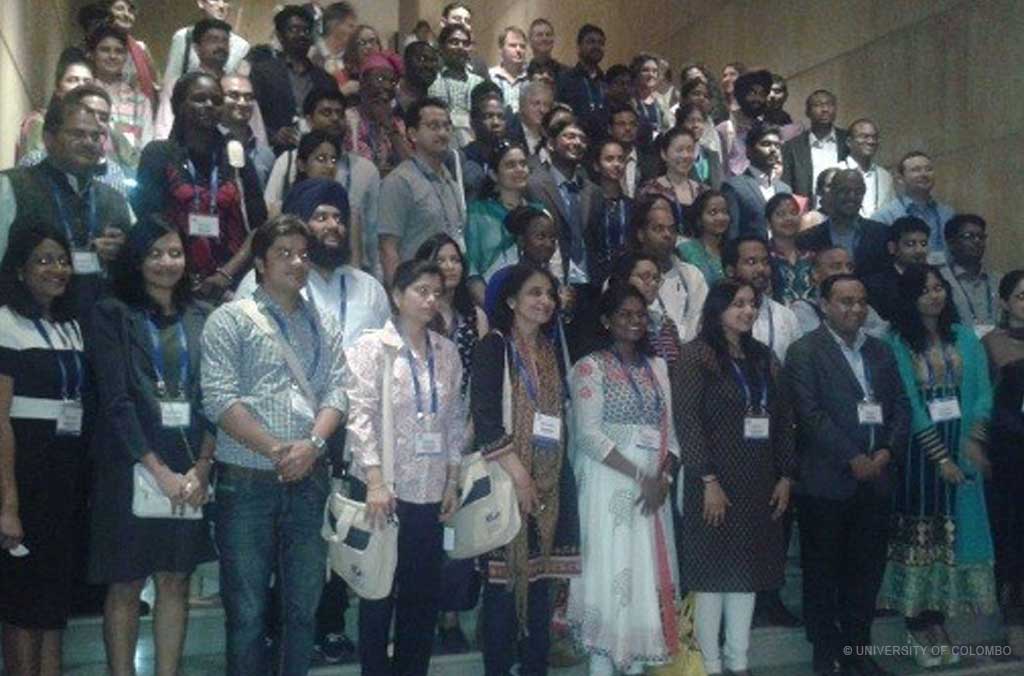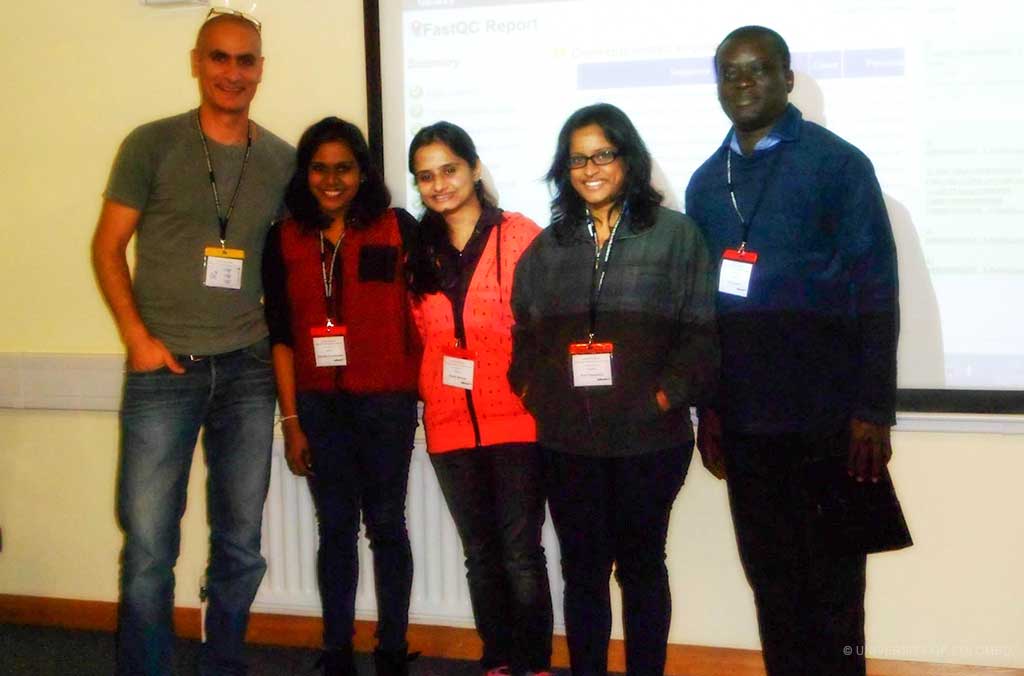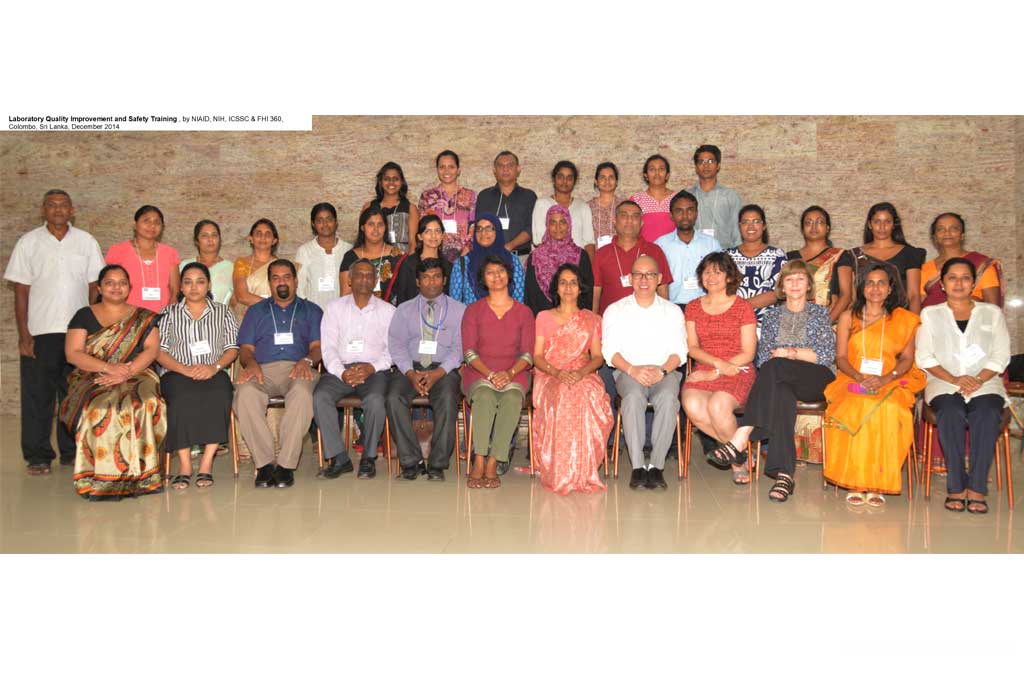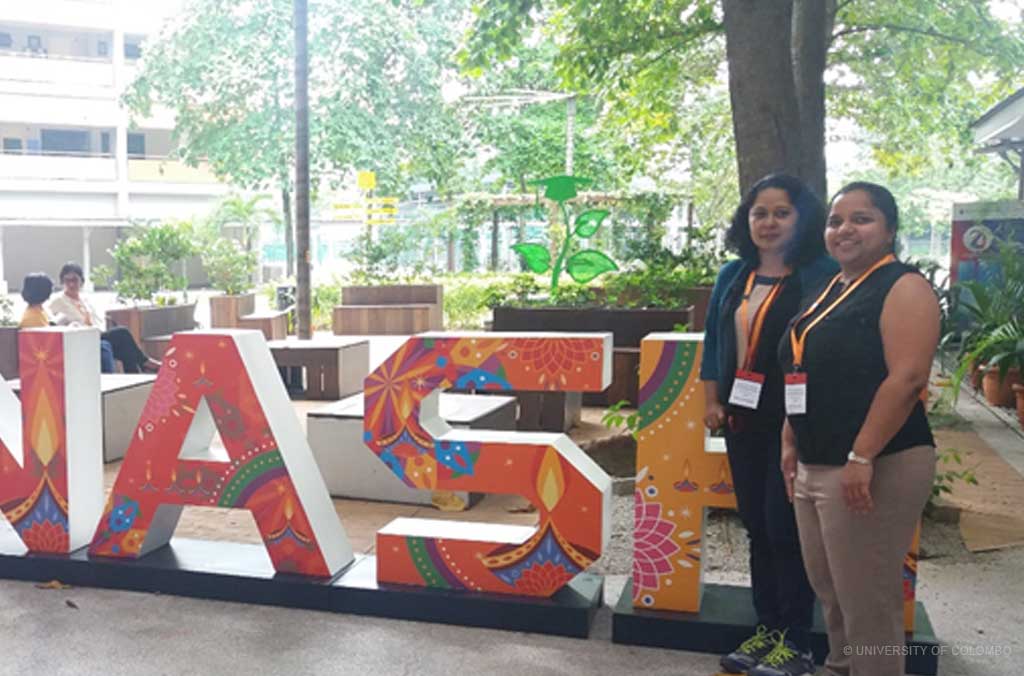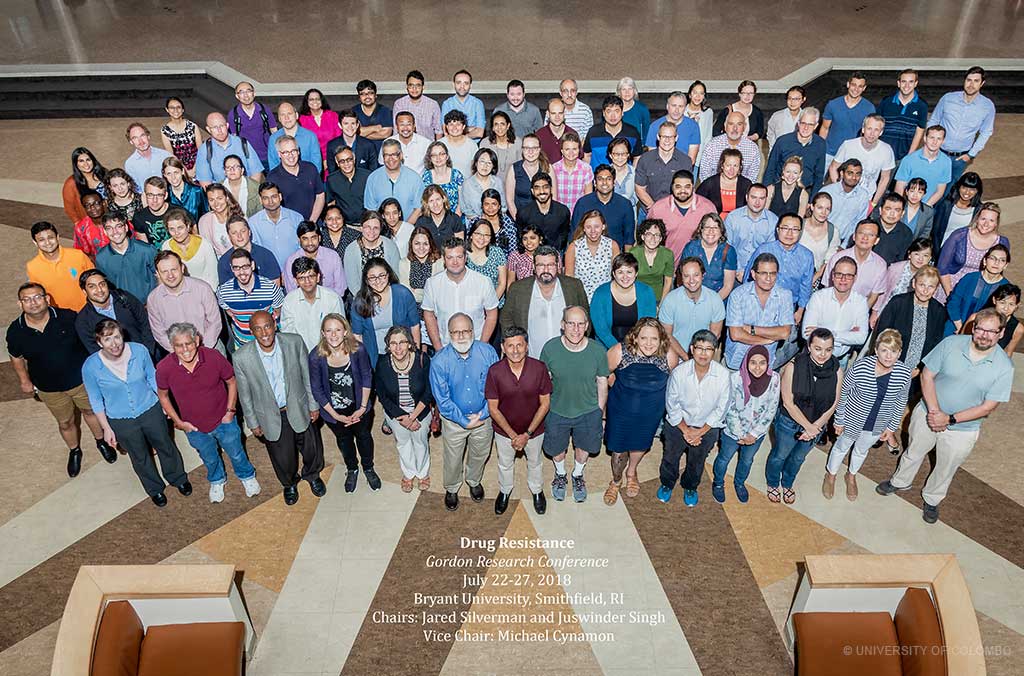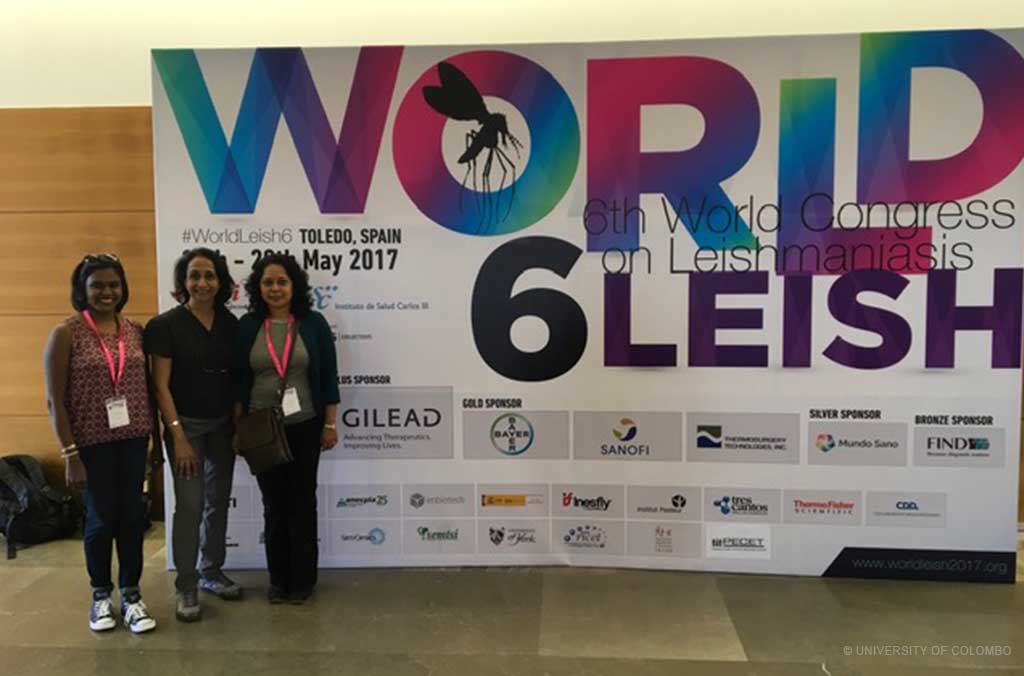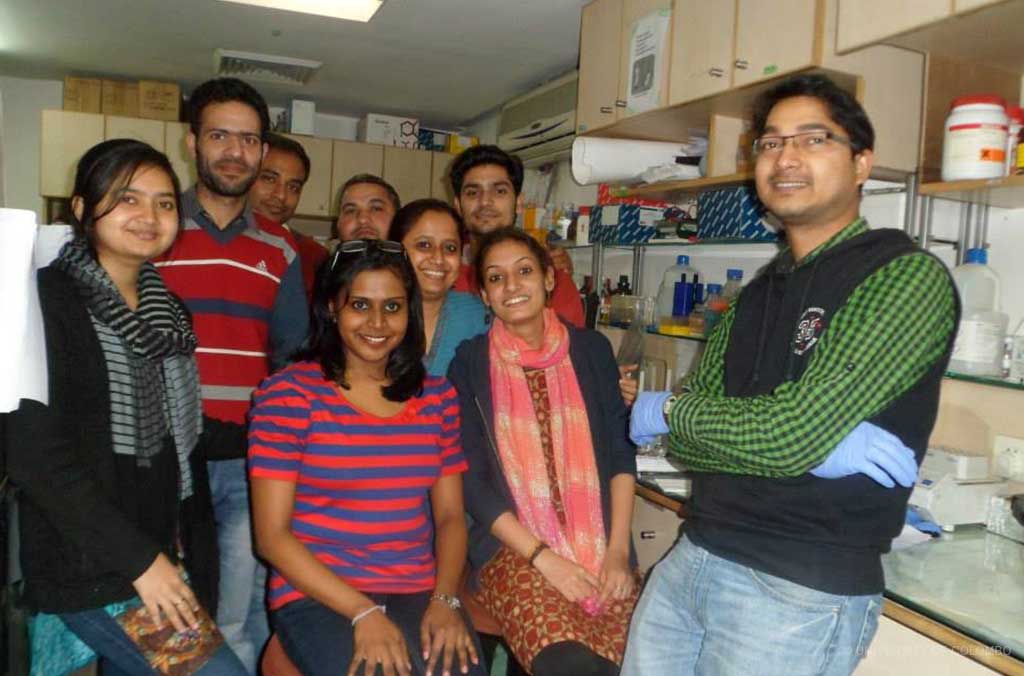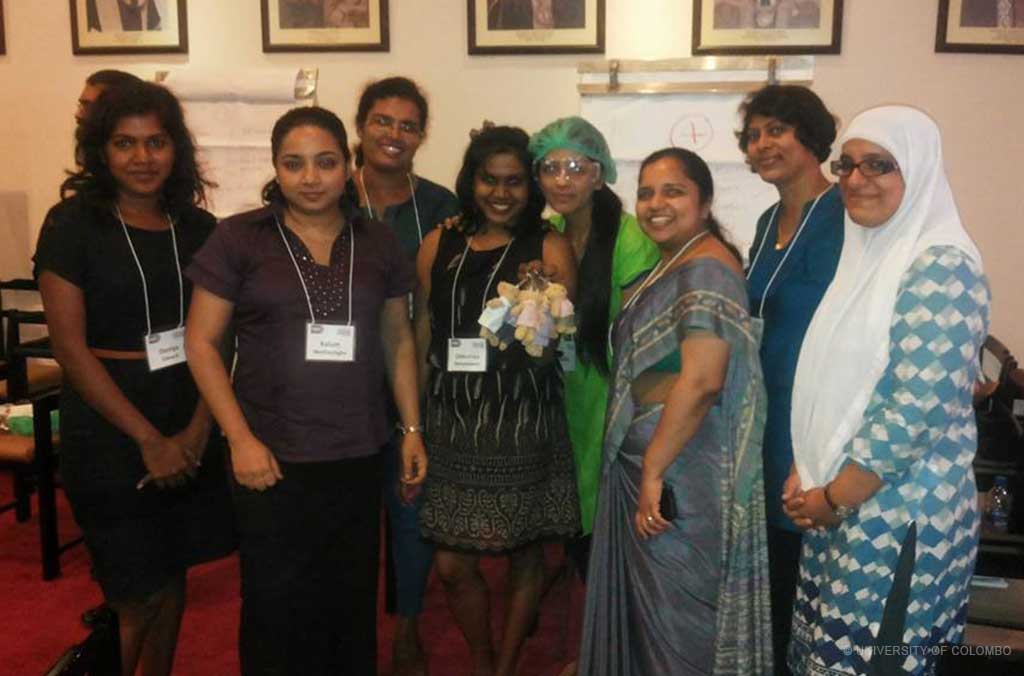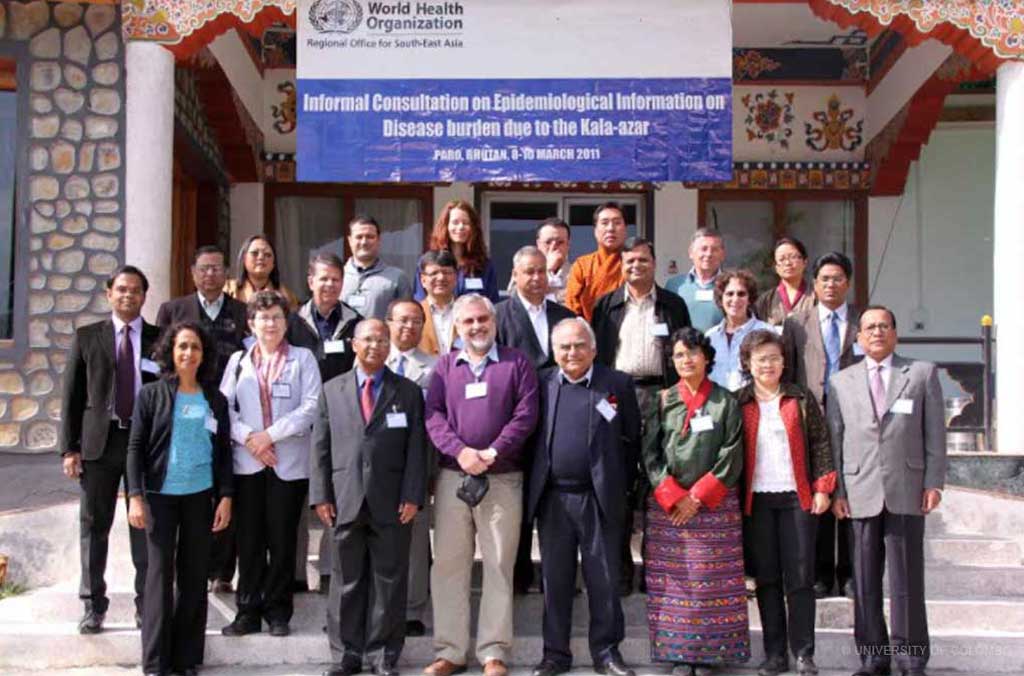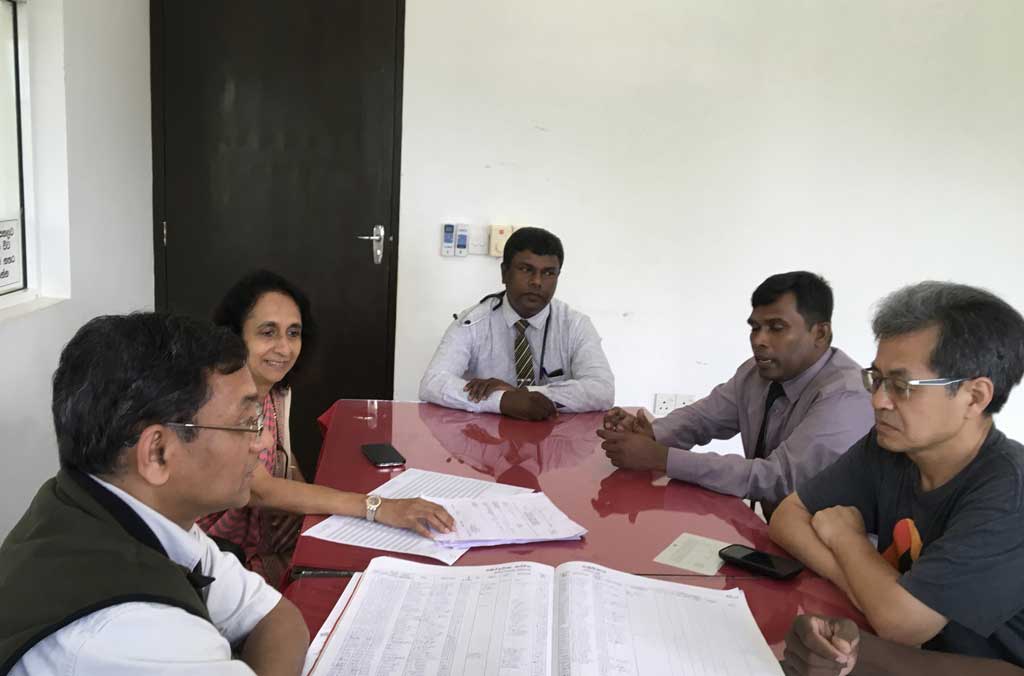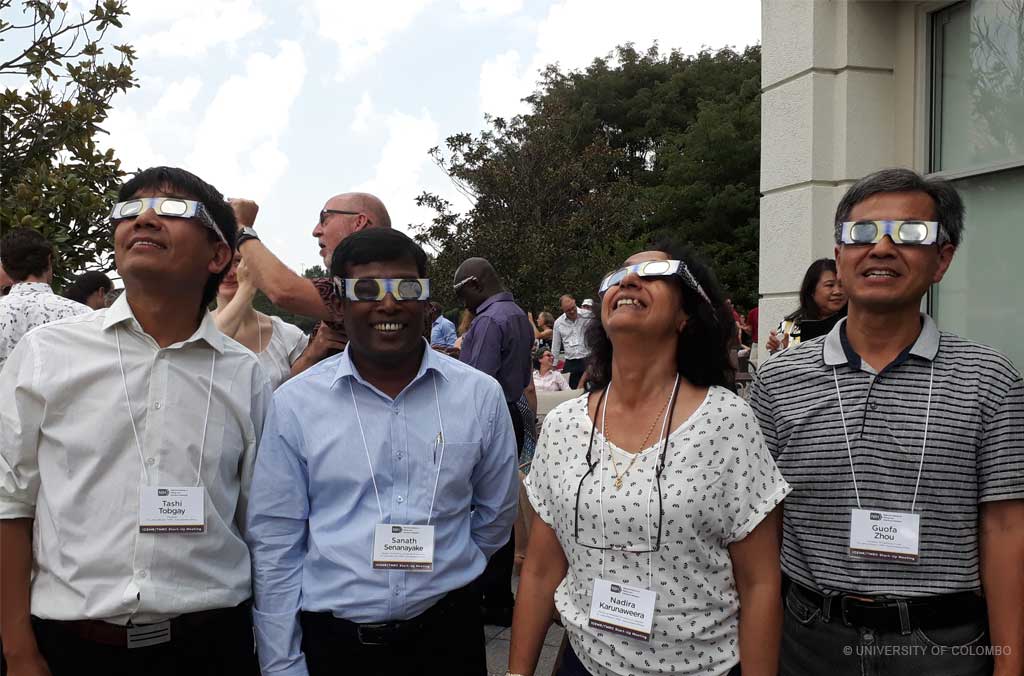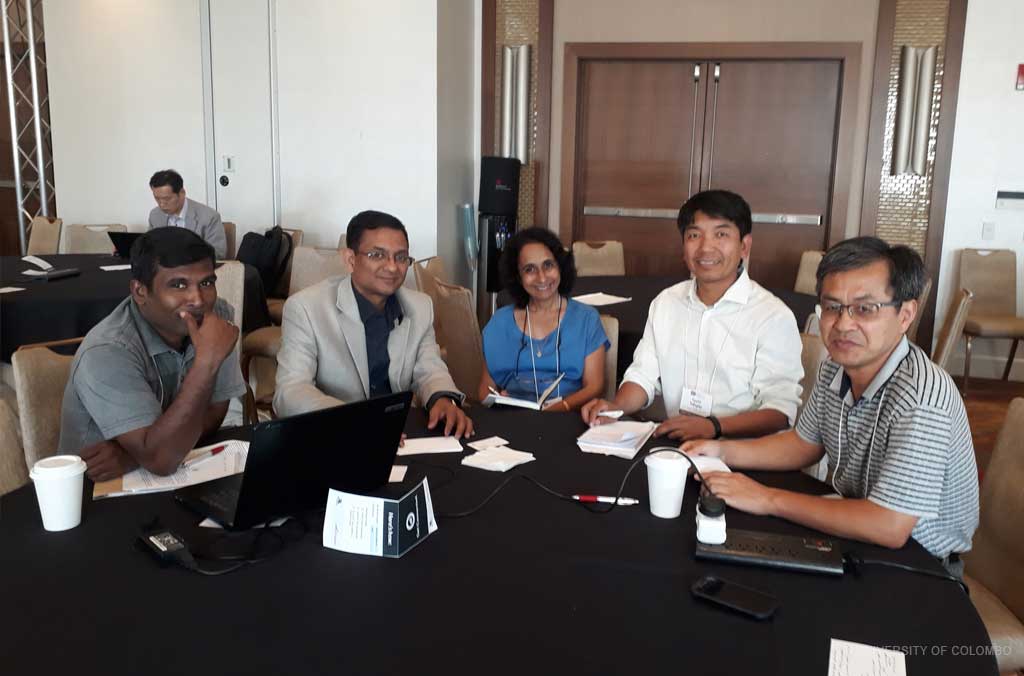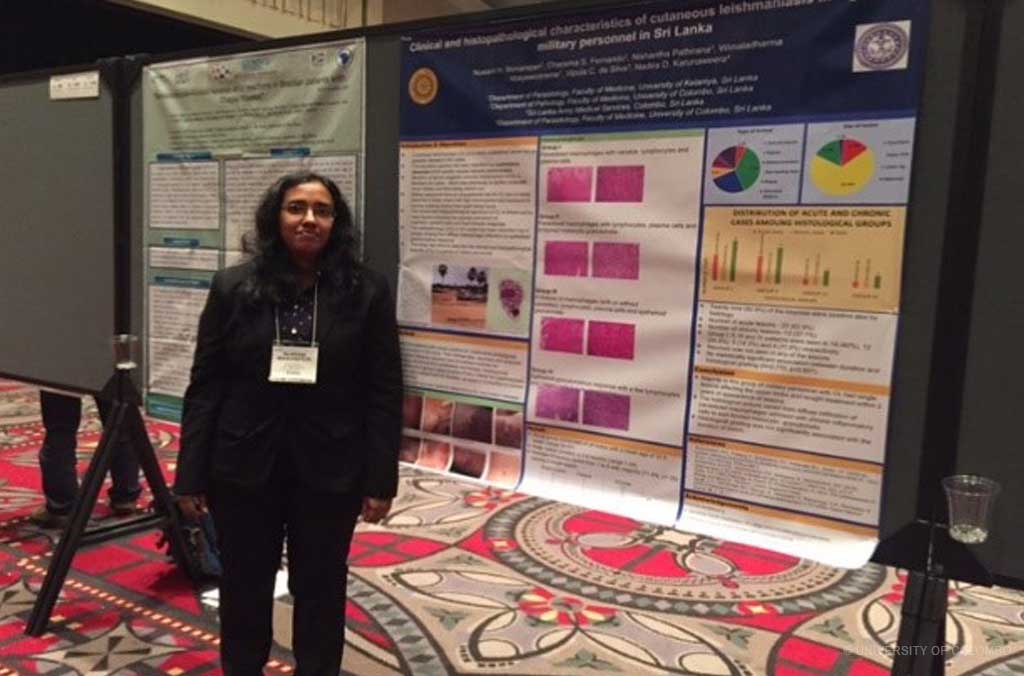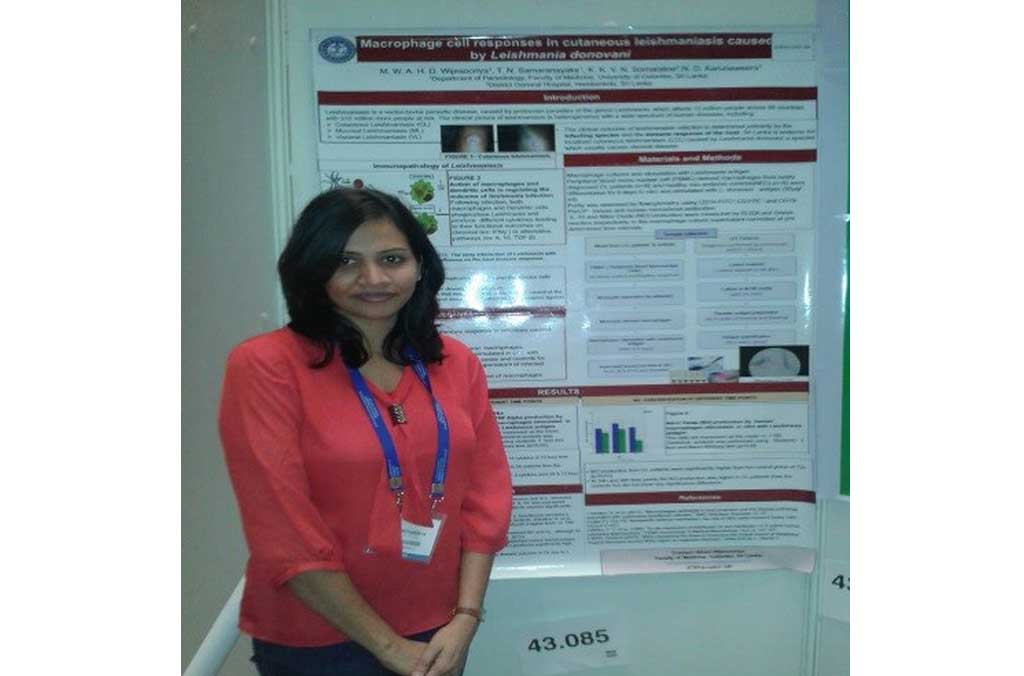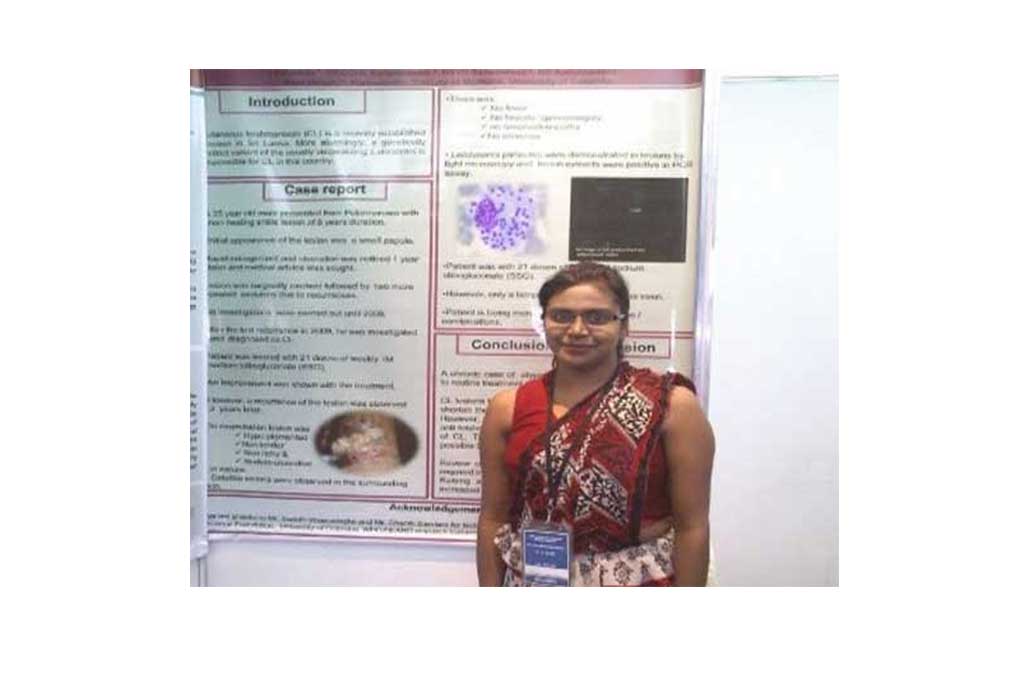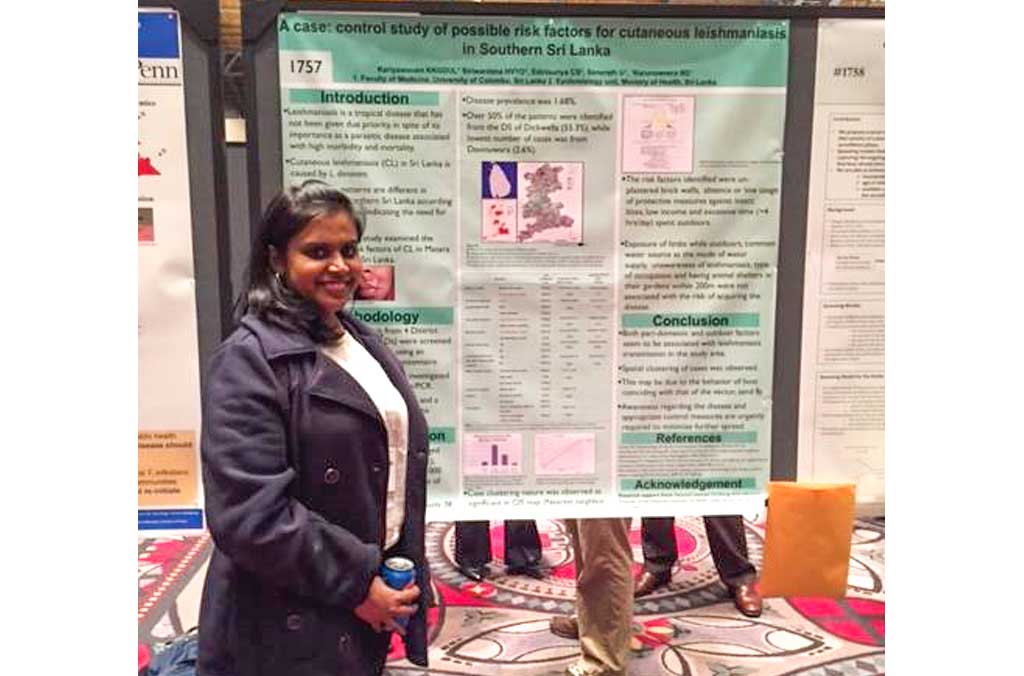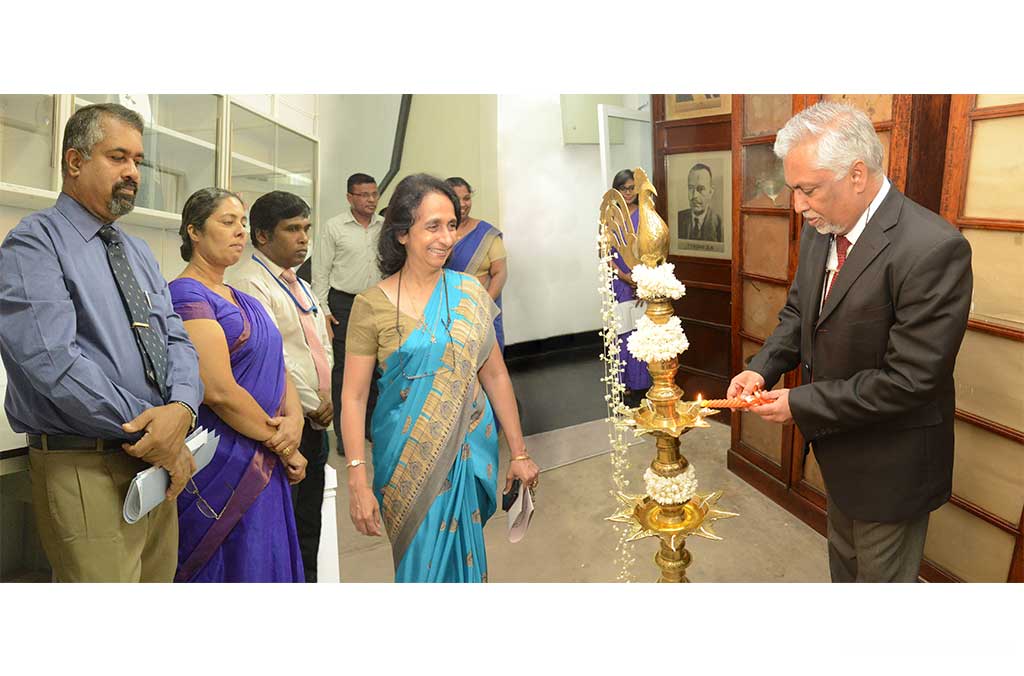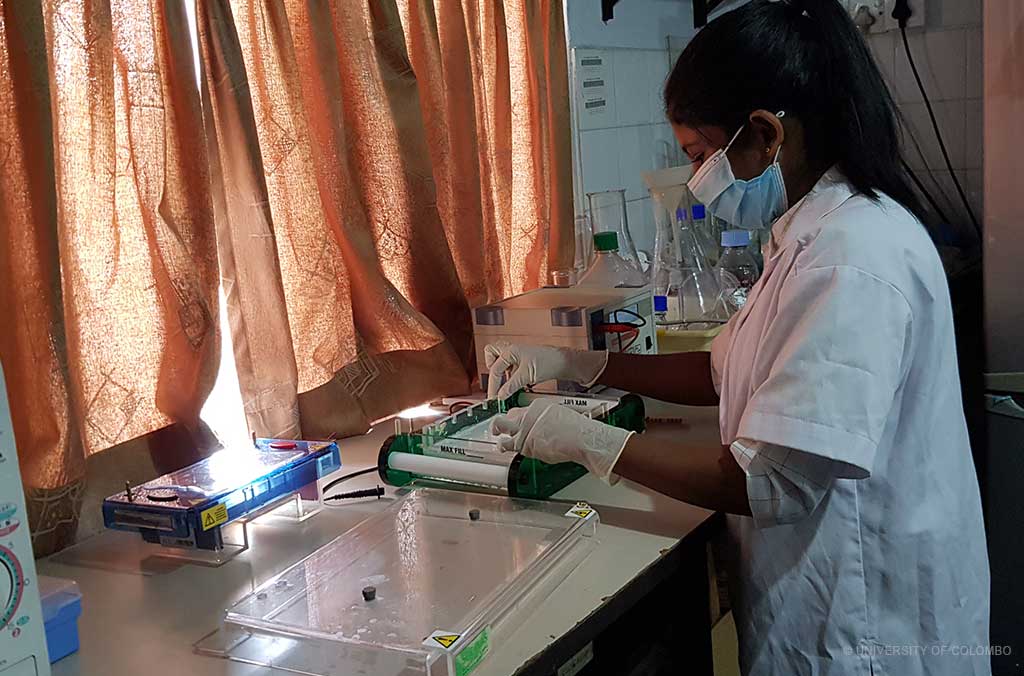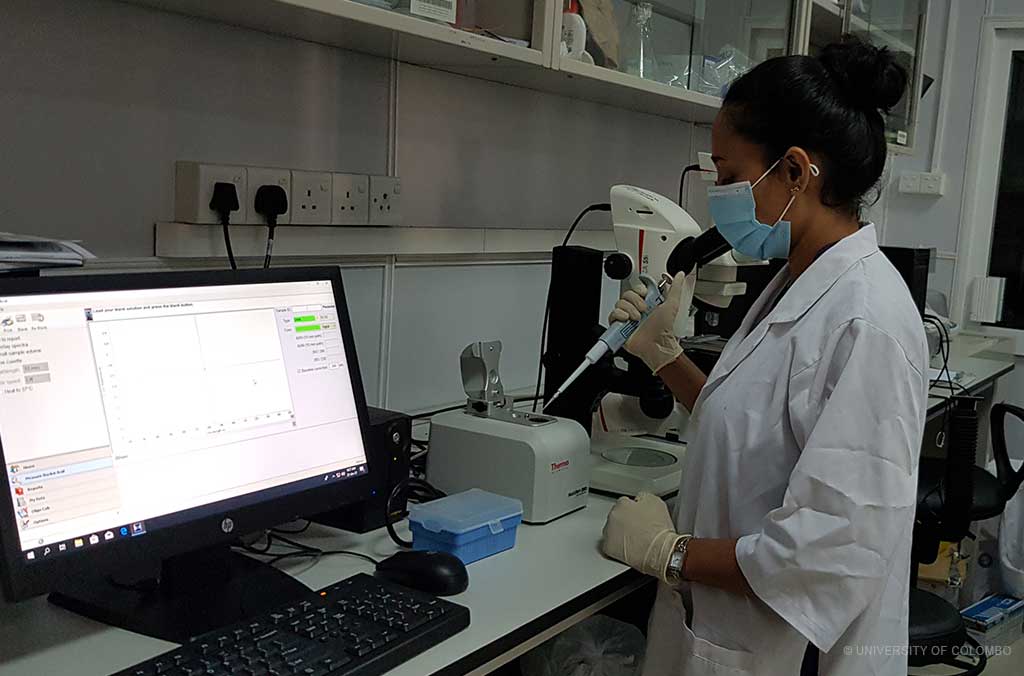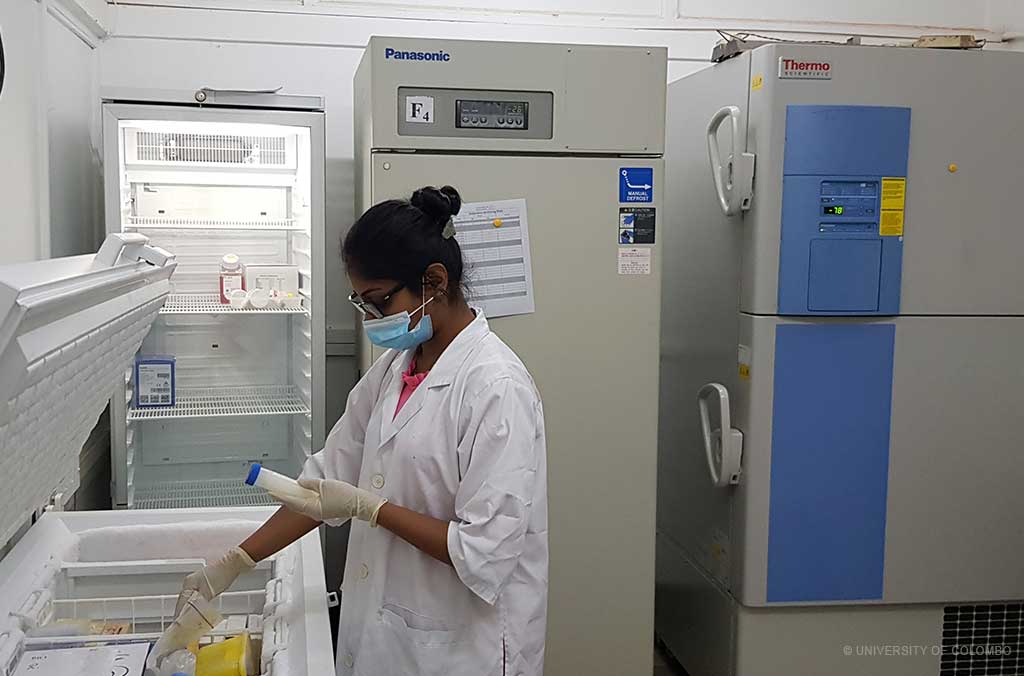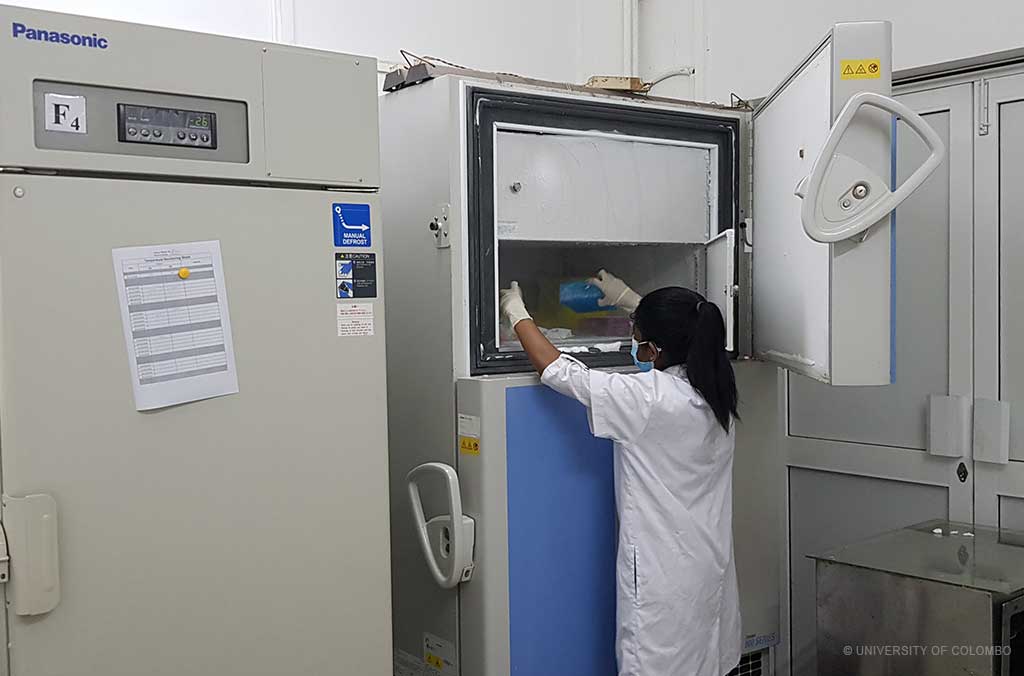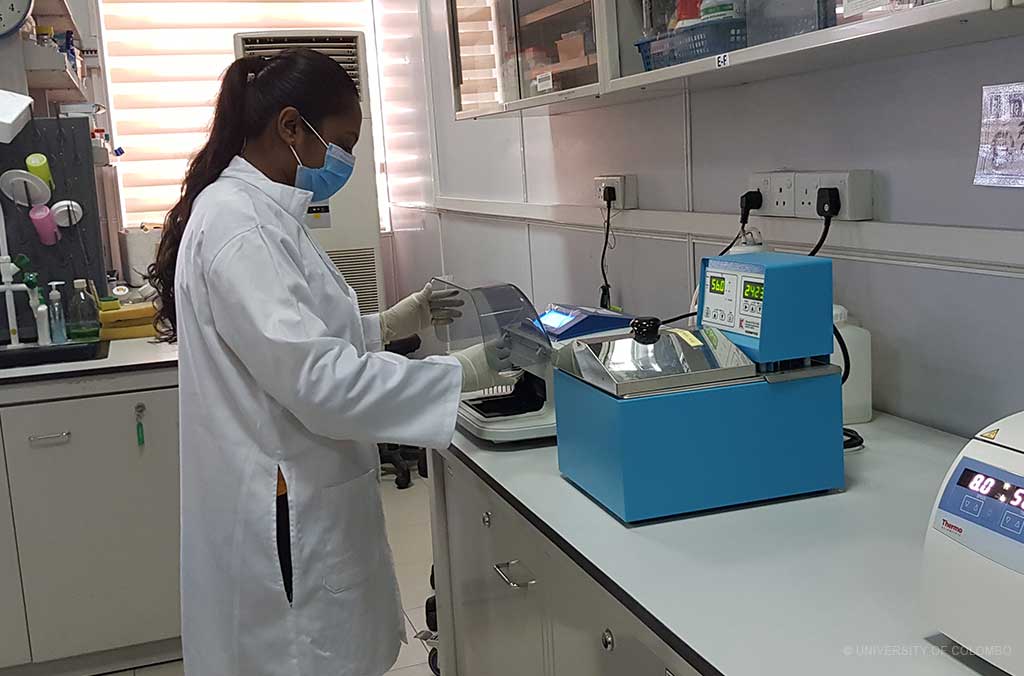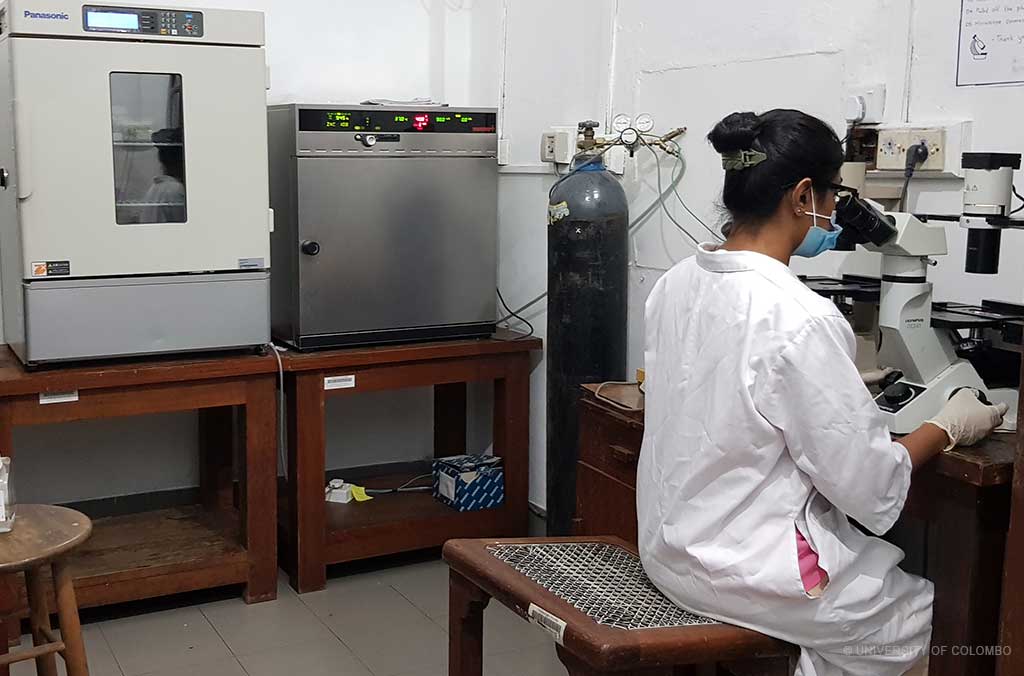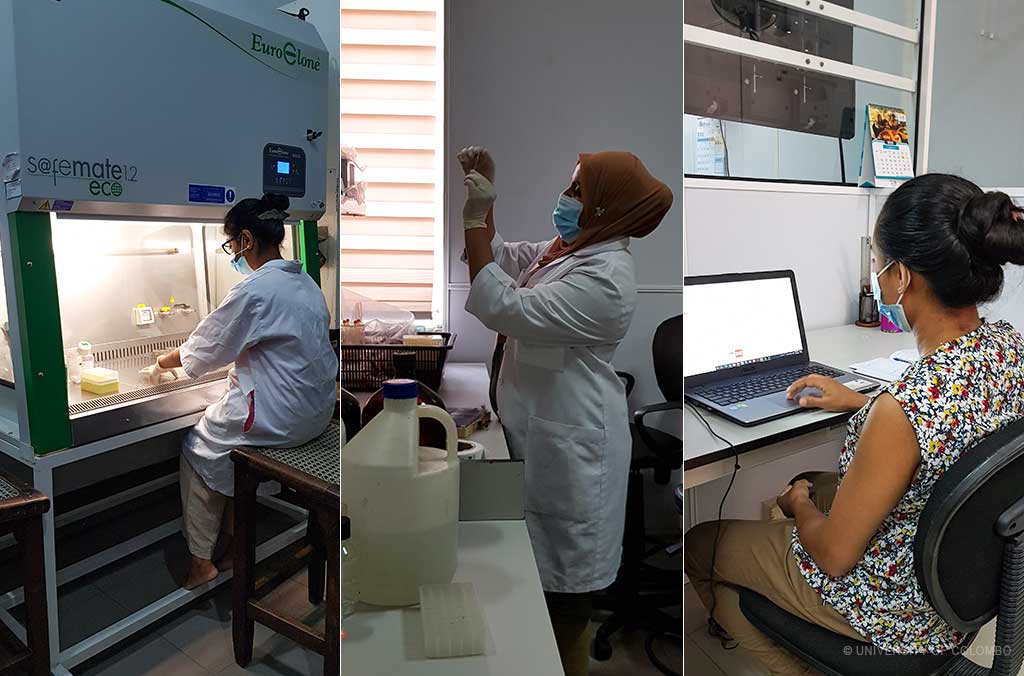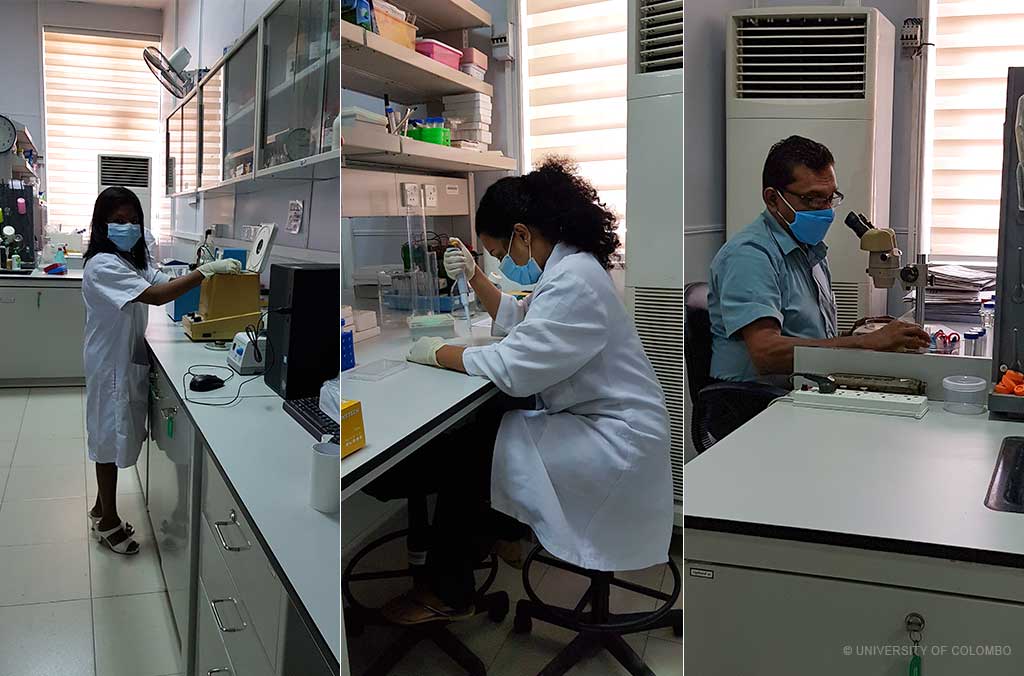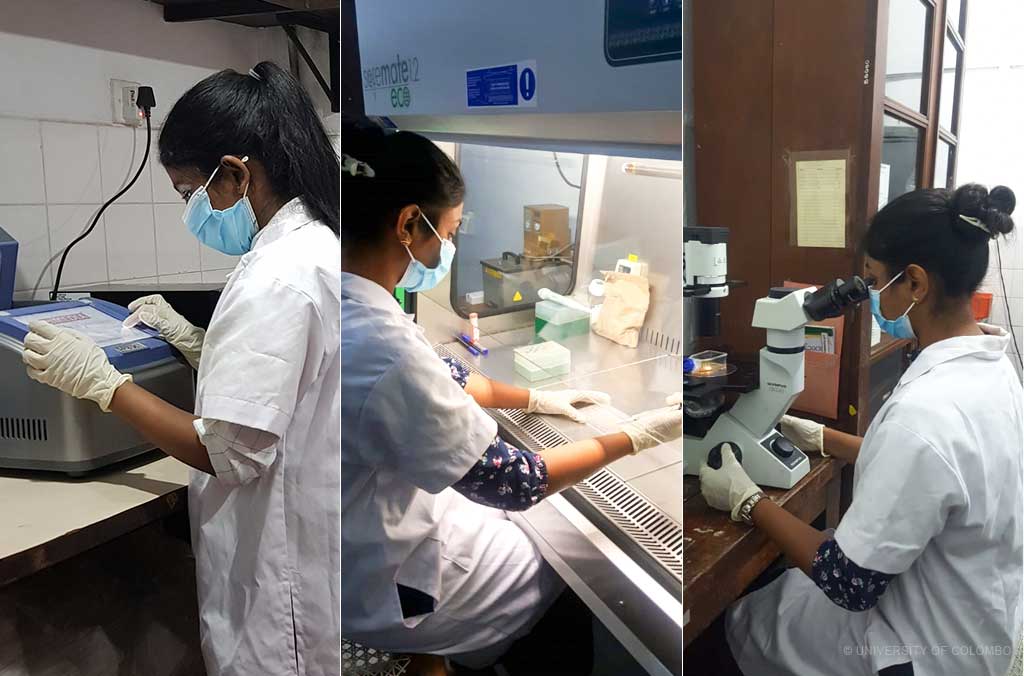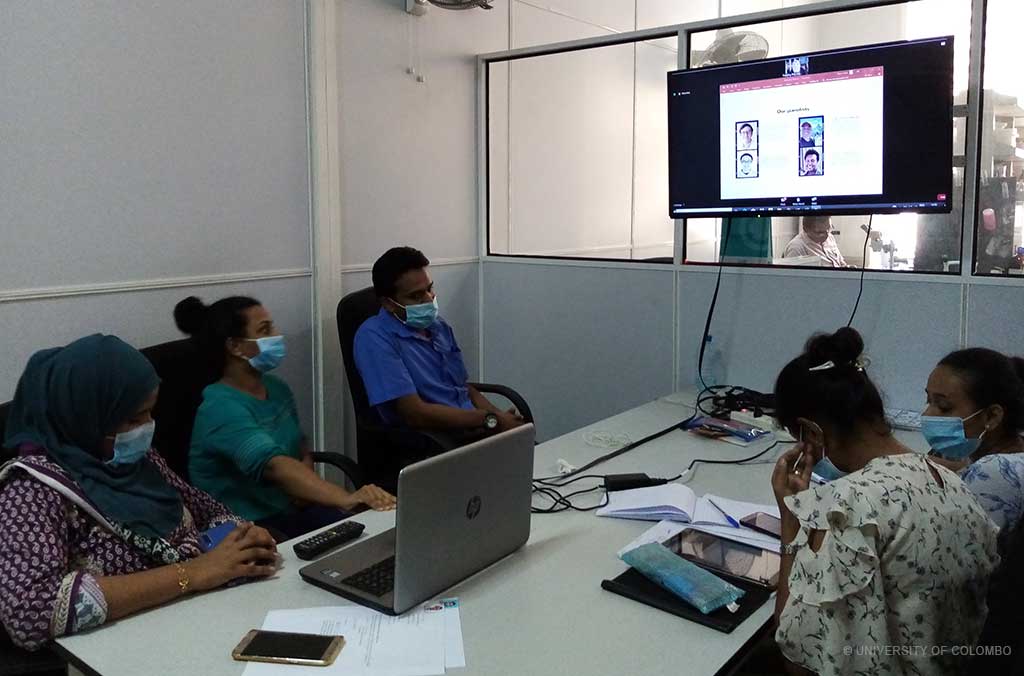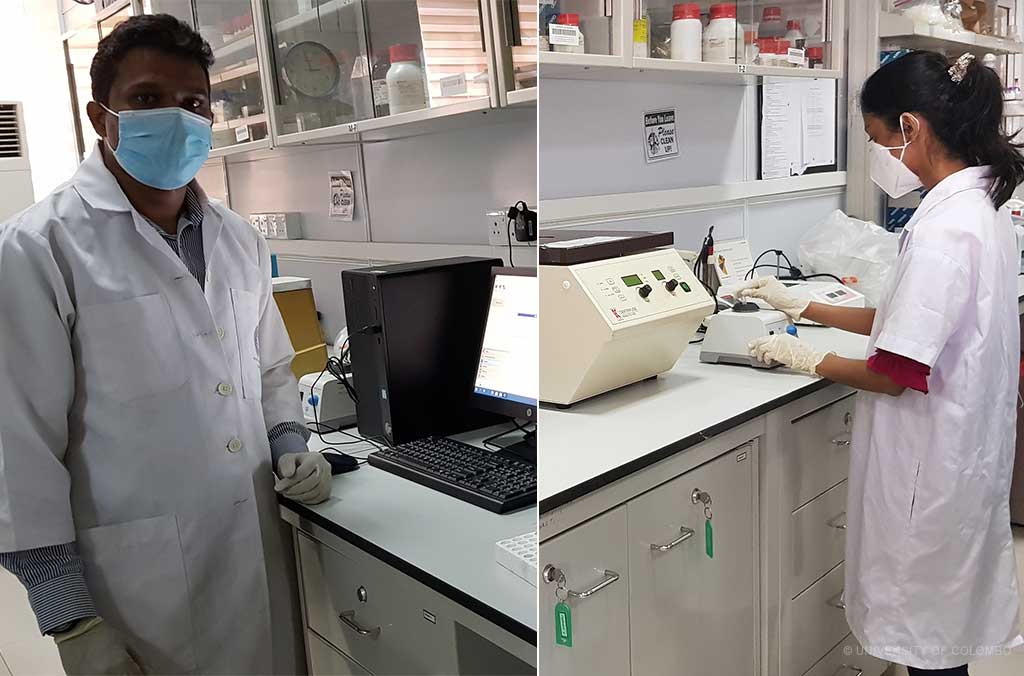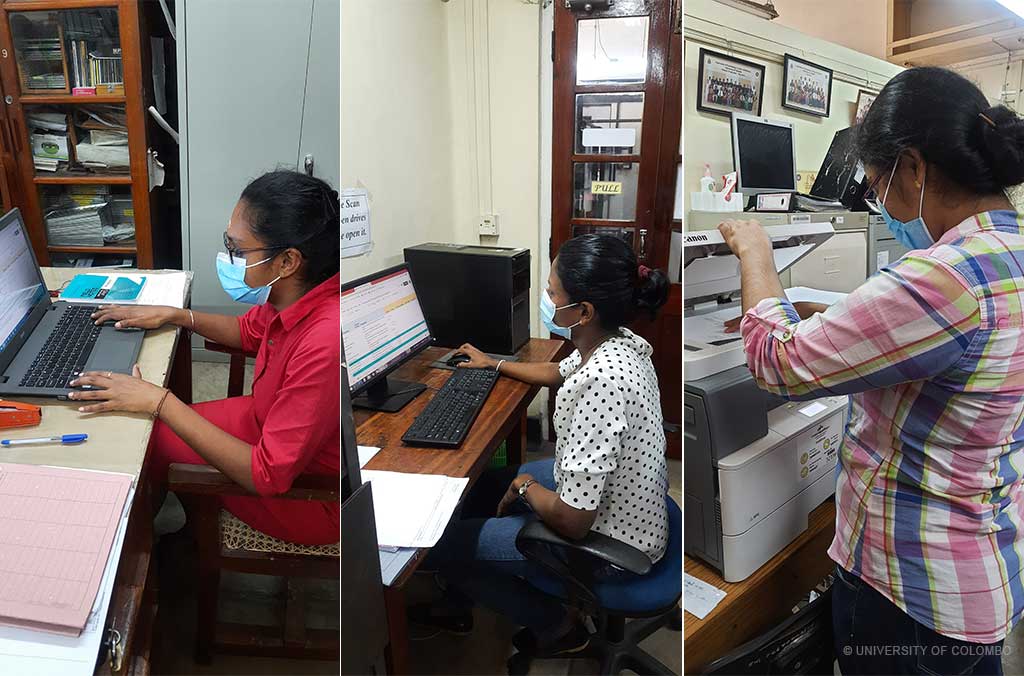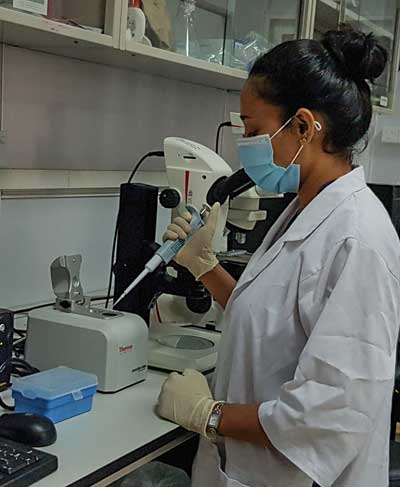
Tropical Medicine Research Center (TMRC) Project – Achievements from 2017 To Date
SCIENTIFIC ACCOMPLISHMENTS AND PUBLICATIONS
- Siriwardana Y, Deepachandi B, Weerasinghe S, Karunaweera N, Udagedara C, Warnasuriya W, Ranawaka RR, Kahawita I. (2021). First Evidence from Sri Lanka for subphenotypic diversity within L. donovani-induced classical cutaneous leishmaniasis. BioMed Research International. 2021: Article ID 3537968. https://doi.org/10.1155/2021/3537968
- Silva H, Liyanage A, Deerasinghe T, Sumanasena B, Munidasa D, de Silva H, Weerasingha S, Fernandopulle R, Karunaweera ND. (2021).Therapeutic response to thermotherapy in cutaneous leishmaniasis treatment failures for sodium stibogluconate: A randomized controlled proof of principle clinical trial. American Journal of Tropical Medicine and Hygiene. 104(3): 945-950. https://doi.org/10.4269/ajtmh.20-0855
- Karunaweera ND et al., (2020). Spatial Epidemiologic Trends and Hotspots of Leishmaniasis, Sri Lanka, 2001–2018. Emerging Infectious Diseases. 26(1). https://doi.org/10.3201/eid2601.190971
- Pathirage DRK et al., (2020). Insecticide susceptibility of the sand fly leishmaniasis vector Phlebotomus argentipes in Sri Lanka. Parasite Vectors 13(1): 246. https://doi.org/10.1186/s13071-020-04117-y
- Pradhan A, et al., (2020). Atypical presentation of post-kala-azar dermal leishmaniasis in Bhutan. Case Reports in Dermatological Medicine 2020: Article ID 8899586, https://doi.org/10.1155/2020/8899586
- Ahuja K, et al., (2020). High Resolution Melting based method for rapid discriminatory diagnosis of co-infecting Leptomonas seymouri in Leishmania donovani-induced leishmaniasis. Parasitology International. 75: 102047. https://doi.org/10.1016/j.parint.2019.102047
- Deepachandi B et al, Quantification of soluble or insoluble fractions of Leishmania parasite proteins in micro-volume applications: a simplification to standard Lowry assay. International Journal of Analytical Chemistry. 2020: 6129132. https://doi.org/10.1155/2020/6129132
- Siriwardana Y et al., (2019). First Evidence for Two Independent and Different Leishmaniasis Transmission Foci in Sri Lanka: Recent Introduction or Long-Term Existence? Journal of Tropical Medicine https://doi.org/10.1155/2019/6475939
- Deepachandi B, et al., (2019). A highly sensitive modified nested PCR to enhance case detection in leishmaniasis. BMC Infectious Diseases 19:623. https://doi.org/10.1186/s12879-019-4180-3
- Ejazi SA et al., (2019). A multicentric evaluation of dipstick test for serodiagnosis of visceral leishmaniasis in India, Nepal, Sri Lanka, Brazil, Ethiopia and Spain. Scientific Reports. 9:9932. https://doi.org/10.1038/s41598-019-46283-9
- Siriwardana Y, et al., (2019). Leishmania donovani induced cutaneous leishmaniasis: an insight into atypical clinical variants in Sri Lanka. Journal of Tropical Medicine. https://doi.org/10.1155/2019/4538597
- Siriwardana Y, et al., (2019). Trends in recently emerged Leishmania donovani induced cutaneous leishmaniasis, Sri Lanka, first 13 years. BioMed Research International. Volume 2019, Article ID 4093603, https://doi.org/10.1155/2019/4093603
- Samarasinghe SR, et al., (2018). Genomic insights into virulence mechanisms of Leishmania donovani: evidence from an atypical strain. BMC Genomics. 28; 19(1):843. https://doi.org/10.1186/s12864-018-5271-z
- Refai W, et al., (2018). Cutaneous leishmaniasis in Sri Lanka: effect on quality of life. International Journal of Dermatology. https://doi: 10.1111/ijd.14240.
- Siriwardana YD, et al., (2018). Evidence for seroprevalence in human localized cutaneous leishmaniasis caused by L. donovani in Sri Lanka. Biomed Research International 17; 2018: 9320367. https://doi.org/10.1155/2018/9320367
- Manamperi NH, et al., (2018). Tissue impression smears as a supplementary diagnostic for histopathology for cutaneous leishmaniasis in Sri Lanka. American Journal of Tropical Medicine and Hygiene. 98(3):759-762. https://doi.org/10.4269/ajtmh.17-0748
- Kaunaweera ND, Ferreira MU. (2018). Leishmaniasis: Current challenges and prospects for elimination with special focus on the South Asian region. Parasitology. 12:1-5. doi: https://doi.org/10.1017/s0031182018000471
- Kariyawasam KKGDUL, et al., (2018). Dermotropic Leishmania donovani in Sri Lanka: Visceralizing potential in clinical and preclinical studies. Parasitology. 145(4):443-452. https://doi.org/10.1017/S003118201700169X
- Kariyawasam KKGDUL, et al., (2017). Genetic diversity of Leishmania donovani that causes cutaneous leishmaniasis in Sri Lanka: a cross sectional study with regional comparisons. BMC Infectious Diseases, 17:791. https://doi.org/10.1186/s12879-017-2883-x
- Siriwardana HVYD et al., (2017). Emergence of visceral leishmaniasis in Sri Lanka: a newly established health threat. Pathogens and Global Health, 111:6, 317-326. https://doi.org/10.1080/20477724.2017.1361564
- Manamperi NH, et al., (2017). In situ immunopathological changes in cutaneous leishmaniasis due to Leishmania donovani. Parasite Immunology; 39 (3). https://doi.org/10.1111/pim.12413
- Refai W et al., (2017). Efficacy, safety and cost-effectiveness of thermotherapy in the treatment of Leishmania donovani-induced cutaneous leishmaniasis: A randomized controlled clinical trial. American Journal of Tropical Medicine and Hygiene, 97(4):1120-1126. https://doi.org/10.4269/ajtmh.16-0879
HUMAN RESOURCE DEVELOPMENT/ TRAINING OPPORTUNITIES/ SCIENTIFIC CONFERENCES
Human resource development in the field of leishmaniasis:
PhDs completed and ongoing
- Dr. Yamuna Siriwardana (2008) (the first PhD on leishmaniasis in Sri Lanka)
Current position: Head of Department and Senior Lecturer in Parasitology, Faculty of Medicine, Colombo
Thesis title: Clinical epidemiology of cutaneous leishmaniasis in Sri Lanka and molecular identification of the parasite - Dr. Nilakshi Samaranayake (2011)
Current position: Senior Lecturer in Parasitology, Faculty of Medicine, Colombo.
A candidate gene association study of genetic susceptibility to cutaneous leishmaniasis in Sri Lanka - Udeshika Kariyawasam (2018)
Current position: Postdoctoral Scientist, Oklahoma State University, USA.
Thesis title: Phenotypic and genetic characteristics of Leishnania donovani that cause cutaneous Ieishmaniasis in Sri Lanka - Nuwani H. Manamperi (2018)
Current position: Senior Lecturer in Parasitology, Faculty of Medicine, University of Kelaniya.
Thesis title: Host factors in the pathogenesis of cutaneous leishmaniasis due to Leishmania donovani in Sri Lanka. - Sanath Senanayake (Ongoing Ph. D. project)
Current position: Senior Lecturer in Parasitology, Faculty of Medicine, Colombo
Project Title: Studies on vector of leishmaniasis and its transmission - Hermali Silva (Ongoing Ph. D. project)
Current position: Lecturer in Parasitology, Faculty of Medicine, Colombo
Project title: Parasite determinants that influence the treatment outcome in cutaneous leishmaniasis in Sri Lanka - Dulani Pathirage (Ongoing Ph. D. project)
Current position: Research Assistant
Project title: Phlebotomus argentipes, the vector of leishmaniasis in Sri Lanka; mechanisms and propagation of insecticide resistance. - Hasna Riyal (Ongoing Ph. D. project)
Current position: Research Assistant
Project title: Host innate immune mechanisms, parasite phenotypes and genetics in pathogenesis of cutaneous leishmaniasis in Sri Lanka.
Research grant awarded as an off-shoot of the NIH parent project: CRDF Global, National Institute of Health. Ref. No. 28862 (2019-2021)
Title: Interdisciplinary Study of Factors Related to Treatment Outcome of Sri Lankan Cutaneous Leishmaniasis” was selected to receive the U.S.-Japan Cooperative Medical Sciences Program Collaborative Award, 2019
Principal Investigator: Dr. Hermali Silva; Co-Principal Investigator: Prof. N.D. Karunaweera
Amount: USD 45,000 (LKR 8.1 million)
MD Training
- Sanath Senanayake (2007)
Degree: MD (Microbiology with special interest in Parasitology)
Title: Study on Phlebotomine Sandflies in selected areas of Sri Lanka
Current position: Senior Lecturer in Parasitology, Faculty of Medicine, Colombo - Wardha Refai (2016)
Degree: MD (Microbiology with special interest in Parasitology)
Title: Study of behavioural patterns in cutaneous leishmaniasis (CL) and efficacy and cost-effectiveness of a novel treatment method for CL in Sri Lanka
Current position: Consultant Parasitologist/ Entomologist, Medical Research Institute, Ministry of Healthcare, Sri Lanka. - KTGMP Kariyawasam (2016)
Degree: MD (Community Medicine)
Title: Cutaneous leishmaniasis: developing a valid and reliable instrument for community-based case detection and epidemiology in Polonnaruwa district
Current position: Consultant Community Physician, Ministry of Healthcare, Sri Lanka.
M. Phil Training
- Hiruni Wijesooriya (2020)
Title: Role of host innate cellular immune response in infections by L. donovani
Current position: Project Manager, Tobacco Observatory, Regional office, Colombo.
M.Sc. in Molecular Medicine
- Dr. GSP Ranasinghe (2012)
Dissertation title: Setting up of a serological assay for diagnosis of leishmaniasis and seroprevalence of anti-leishmania antibodies in patients whose diagnosis has been confirmed through PCR.
Current Position: Consultant, Medical Administration, Ministry of Health, Colombo. - Dr. Kalpani Kumarasiri (2020/2021): Ongoing study.
Project title: use of molecular methods to study the source of blood meal and Leishmania donovani infection in Phlebotomus argentipes sandflies from selected areas in Sri Lanka
Training Opportunities
Training opportunities for the research trainees and project research staff at prestigious international and local research institutes and universities that include: Wellcome Trust Genome Campus, Sanger Institute, Hinxton, UK; Ohio State University, USA; National Institutes of Health Research Laboratories, USA; International Centre for Genetic Engineering and Biotechnology (ICGEB), in Trieste, Italy; Institute of Molecular Medicine, New Delhi, India, Monash University Malaysia; European Molecular Biology Laboratory (EMBL), Germany; University of Kelaniya Sri Lanka and University of Peradeniya, Sri Lanka.
Networking and dissemination of information through scientific conferences
Research trainees present their work in international and local conferences: Annual scientific conference of the American Society for Tropical Medicine and Hygiene (ASTMH); World Congress on Leishmaniasis, International Congress on Infectious Diseases, Gordon Research Conference on Tropical Infectious Diseases, Annual Scientific Sessions of the Sri Lanka Medical Association, Sri Lanka College of Microbiologists, Sri Lanka Society for Microbiology, University Research Sessions.
INFRASTRUCTURE DEVELOPMENT
A well-equipped research laboratory was established in 2016 to facilitate lab work and research training. New equipment was purchased for the culture room, where Leishmania parasites are cultured for research. new freezer room was established with -30ºC/ -80ºC freezers and fridges to store samples and reagents. Insectary facilities have been upgraded for rearing sandflies and office space was developed to carry out project administration and financial activities; data room for database development and analyzing activities; a conference room for discussions and to hold meetings.
IMPROVEMENT OF DISEASE AWARENESS OF THE HEALTH STAFF & GENERAL PUBLIC AND KEY OUTCOMES
Key outcomes of public health significance
- Mapping the areas with the highest burden of leishmaniasis, to enable prioritization in the implementation of control measures.
- Introduction of thermotherapy as a cost-effective option for treatment of cutaneous leishmaniasis and to better manage patients who have failed to cure with routine drugs.
- Demonstration of insecticide susceptibility patterns in sand flies from the field with implications for future chemical control.
- Introduction of diagnostics with higher sensitivity.
- Better insights into the mechanism of disease (pathogenesis) of causative parasite, L.donovani with implications for better patient management
